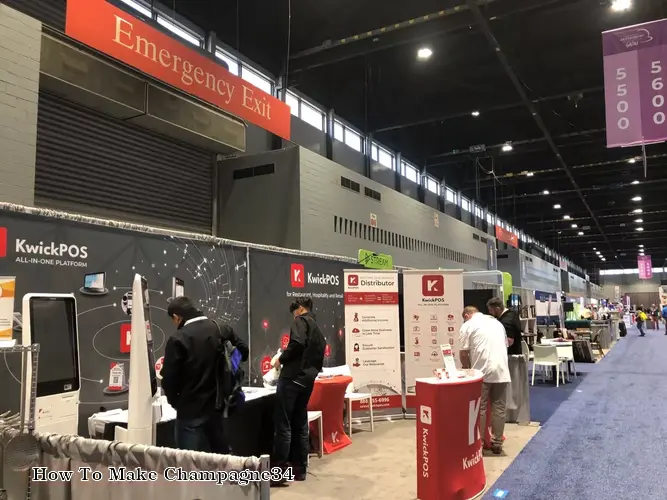

Introduction:
Champagne, a popular sparkling wine, is widely associated with luxury, celebration, and exquisite taste. While it originates from the Champagne region of France, restaurants worldwide serve this prestigious beverage to their valued customers. Understanding the process of making champagne can significantly enhance a restaurant's wine list and overall customer experience. This guide will discuss the steps to create champagne and its relevance to the restaurant business.
I. Making Champagne:
A. Grape Selection:
1. Three primary grape varieties are used in making champagne - Pinot Noir, Pinot Meunier, and Chardonnay.
2. Grapes must be grown in the Champagne region, following the strict appellation rules.
B. Initial Fermentation:
1. Whole grapes or pressed grape juice, called "must," is placed in containers to start the fermentation process.
2. Yeast is added to convert sugar into alcohol and carbon dioxide.
C. Blending (Assemblage):
1. A mix of still wines from different grape varieties, vintages, and vineyards is created to achieve the desired flavor profile.
D. Second Fermentation (Prise de Mousse):
1. The blended wine is bottled with added sugar and yeast for a second fermentation.
2. This process creates carbon dioxide, leading to the signature bubbles in champagne.
E. Aging:
1. Bottles are stored horizontally in cool cellars for a minimum of 15 months for Non-Vintage (NV) and 36 months for Vintage champagnes.
F. Riddling (Remuage):
1. Bottles are gradually turned and angled to move the yeast sediment to the neck.
G. Disgorgement:
1. The necks of the bottles are frozen, and the sediment is removed.
H. Dosage:
1. A small amount of sugar solution, called "liqueur d'expedition," is added before corking and caging the bottles.
II. Relevance to the Restaurant Business:
A. Wine List Enhancement:
1. Offering champagne on the wine list adds prestige and variety.
2. Understanding the different types of champagne, such as NV, Vintage, and prestige cuvées, allows restaurants to cater to various customer preferences and budgets.
B. Food Pairing Opportunities:
1. Champagne pairs well with a wide range of dishes, making it a versatile beverage option.
2. Restaurants can create unique dining experiences by suggesting specific champagnes to complement their menu offerings.
C. Increased Profitability:
1. Champagne usually commands higher prices than still wines, increasing profitability.
2. Upselling champagne can lead to higher revenue and customer satisfaction.
D. Enhanced Customer Experience:
1. Serving champagne contributes to an upscale and celebratory atmosphere.
2. Knowledgeable waitstaff who can discuss champagne production and recommend pairings can significantly enhance the customer experience.
Conclusion:
Understanding the process of making champagne and its significance to the restaurant business can lead to improved wine lists, increased revenue, and a more satisfying customer experience. By educating staff and offering a variety of champagnes, restaurants can create an air of luxury and celebration, making a significant impact on their customers' overall dining experience.
DISCLAIMER: This information is provided for general informational purposes only, and publication does not constitute an endorsement. Kwick365 does not warrant the accuracy or completeness of any information, text, graphics, links, or other items contained within this content. Kwick365 does not guarantee you will achieve any specific results if you follow any advice herein. It may be advisable for you to consult with a professional such as a lawyer, accountant, or business advisor for advice specific to your situation.
today
Copyright © 2025 Kwick365.com
Designed by KwickPOS is the best restaurant POS